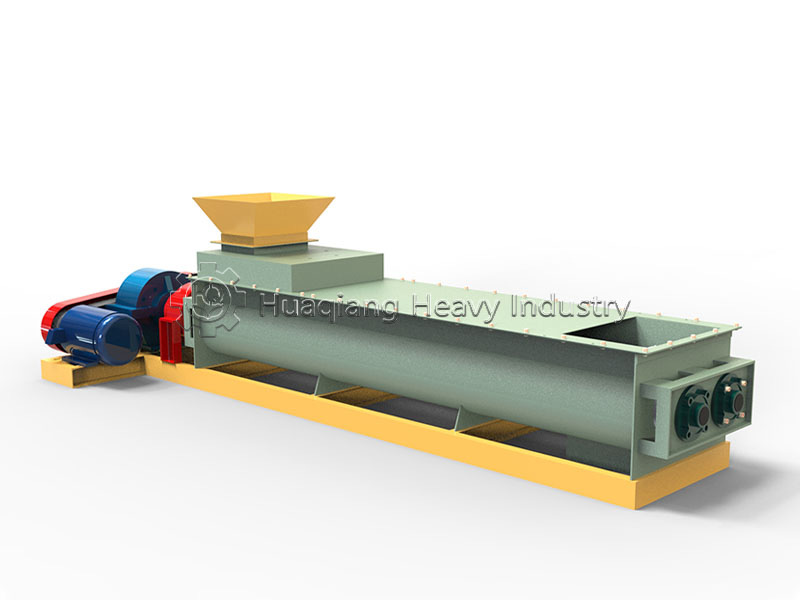Key technological aspects of NPK fertilizer production lines
In the modern fertilizer industry, NPK fertilizer production lines have formed a mature and complete technological process. From raw material preparation to finished product packaging, each step embodies the essence of modern industrial technology.
Precise raw material proportioning is the primary step in the production line. Through the coordinated operation of an automatic metering system and a fertilizer mixer machine, major nutrients such as nitrogen, phosphorus, and potassium are accurately proportioned and mixed according to a scientific formula. This step not only requires precise metering but also ensures uniform distribution of various nutrients through thorough mixing by the fertilizer mixer machine.
The granulation process is the core of the NPK fertilizer production line. After being uniformly mixed by the fertilizer mixer machine, the raw materials enter the granulation system to be transformed into granules of uniform size.

In modern fertilizer production systems, NPK fertilizer production lines and bio-organic fertilizer equipment often form a good complementary relationship. Although they process different raw materials, they share common technical requirements in areas such as automation control and quality monitoring. This technology sharing allows production enterprises to flexibly adjust their product structure according to market demand.
The drying and cooling system plays a decisive role in product quality. The newly formed granules undergo a precisely temperature-controlled drying process to remove excess moisture, followed by a cooling process to bring the product to the appropriate temperature. The precise control of these steps directly affects the product’s storage stability and application efficacy.
With changing agricultural demands, NPK fertilizer production lines are evolving towards greater intelligence and environmental friendliness. The application of new technologies not only improves production efficiency but also enables products to better meet the precision fertilization needs of modern agriculture.
